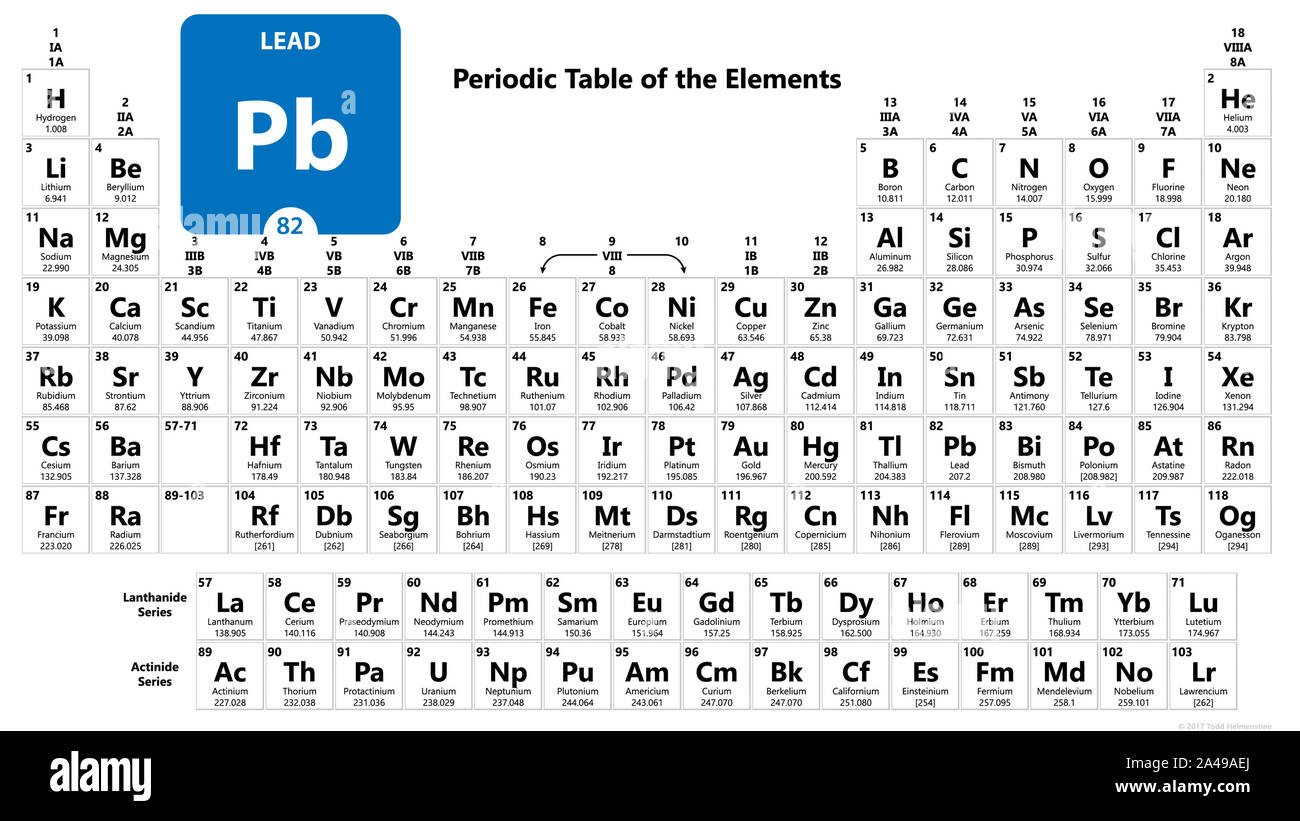

Introduces stoichiometry and explains the differences between molarity, molality and normality. Related ResourcesĪnswers many questions regarding the structure of atoms. Common Chemical Compounds of Lead ReferencesĪ list of reference sources used to compile the data provided on our periodic table of elements can be found on the main periodic table page.They had, in fact, all died of lead poisoning. All of the human remains were wery high in lead content. As it turned out, the cans had been sealed with lead solder. Years later someone decided to find out what happened. They set out on their journey and were never heard from again.
He got a really good deal on canned food that he couldn't refuse. The guide who escorted them contacted many different suppliers for provisions. A large number of explorer families traveled to Alaska. They chew on things that might contain lead paint and play on floors and ground that might be contaminated, often putting their fingers in their mouth.Ī classic example of lead poisoning occurred in the early 1900's, but the cause of death was only recently determined. Children are most susceptable, partly because they have rapid motabolism and are small and partly because of their habits. People suffering from lead poisoning may exhibit weakness, general disability, nervous disorders and eventual death. It also affects other organs of the body. Lead affects the nervous system, causing mental retardation or other nervous disorders. Lead is extremely toxic, but its effects are accumulative and most often develop after extended exposure. Still used in gasoline in some areas of the world, but this use is being phased out.
#LEAD PERIODIC TABLE SKIN#
Routes of Exposure: Inhalation Ingestion Skin and/or eye contact.Vapor Pressure = C Regulatory / Health.Flammablity Class: Non-combustible solid (except as dust).Enthalpy of Vaporization: 179.4 kJ/mole.Enthalpy of Atomization: 194.6 kJ/mole 25☌.Description: A very soft bluish-white metal that tarnishes in moist air.Conductivity Electrical: 0.0481 10 6/cm Ω.Coefficient of lineal thermal expansion/K -1: 29.1E -6.Valence Electron Potential (-eV): 24.2 Physical Properties of Lead.Incompatibilities: Strong oxidizers, hydrogen peroxide, acids.Electronegativity: 2.33 (Pauling) 1.55 (Allrod Rochow).Electrochemical Equivalent: 3.865g/amp-hr.Valence Electrons: 6s 2p 2 Electron Dot Model.

Number of Neutrons (most common/stable nuclide): 125.Number of Electrons (with no charge): 82.Electrons per Energy Level: 2,8,18,32,18,4 Shell Model.Crystal Structure: Cubic face centered.Cross Section (Thermal Neutron Capture) σ a/ barns : 0.171.



 0 kommentar(er)
0 kommentar(er)
